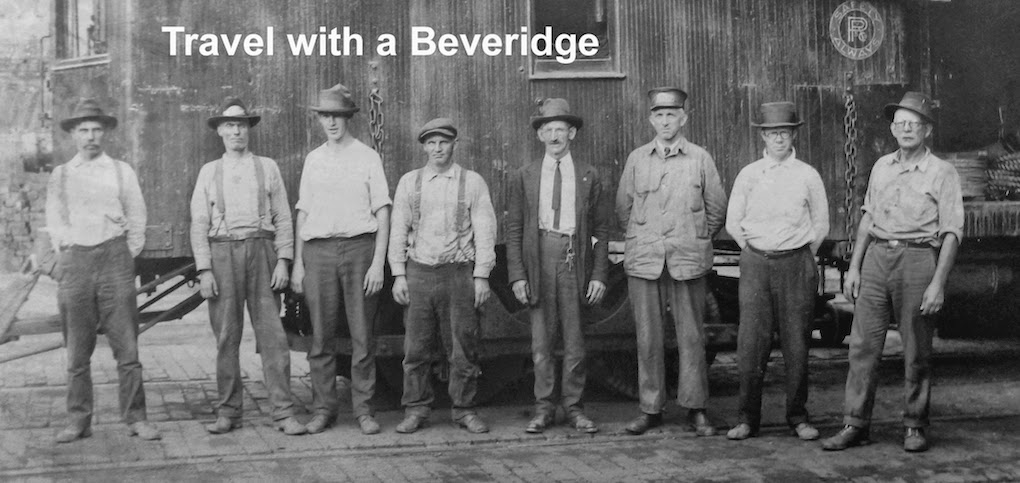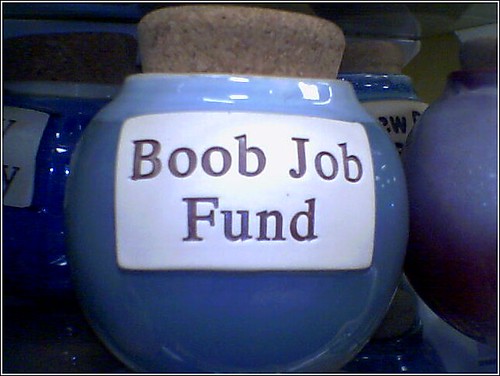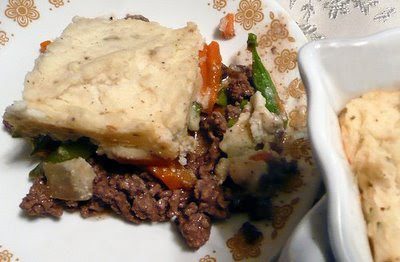
By
Michael Jones
Observer-ReporterWith gold towels whipping and ear-throbbing cheers following each Steelers touchdown, Raymond James Stadium in Tampa, Fla., felt more like Heinz Field South than a neutral site.
But two hearty souls sitting in the Steelers’ end zone directly behind the uprights found themselves stuck in enemy territory surrounded by fans draped in crimson and white.
The fourth quarter might have looked bleak for Steelers Nation, especially for my father and I stationed in the suddenly raucous Section 123, but Super Bowl XLIII became one of the best experiences of our lives.
I never before gave one thought to attending a Super Bowl. The cost and pageantry of the whole thing made it seem like an impossible journey. But my dad, Howard, who lives three hours away in Jacksonville, Fla., somehow scored a pair of the prized tickets and we quickly planned our hectic itinerary.
That glorious Sunday morning began with the two of us hiking to the roof level of a dank parking garage just a few hundred yards from the stadium. By 10 a.m., it already was packed with Western Pennsylvanians partying and kicking back Iron City beers. Strangers from far-flung areas – Butler, Somerset, Cambria, Centre and Dauphin counties – instantly became close neighbors.
Three hours before kickoff, we left our tailgate and walked to the stadium anticipating heavy security. We snaked our way through the line and made it to the metal detectors, where security momentarily stopped me for unknowingly smuggling in a $1 bag of peanuts. They immediately confiscated my salted contraband and set me free.
We sat down in our seats to soak up the scene before introducing ourselves to a few Arizonans staggering to their spot a row away. It didn’t take long for us to realize we would be surrounded.
After initial jubilation from a couple Pittsburgh scores, the game and the atmosphere in our section began to change. Arizona appeared poised to score at the end of the first half and I turned to my father and suggested the ideal scenario would be a game-tying field goal. But my dad refuted that pessimistic prediction.
“Best-case scenario is a pick-six,” he said.
And then it happened.
A Steeler stepped in front of quarterback Kurt Warner’s pass and the players rushed down field toward our seats. I didn’t immediately know who intercepted the pass until a few seconds later when my eyes fixated on linebacker James Harrison’s unmistakable figure lumbering down the sideline.
What would become a 100-yard touchdown return turned into an 18-second cage match brawl. Steelers defenders formed a convoy around Harrison, blasting every Cardinal with the audacity to attempt to prevent the greatest play in Super Bowl history. The blocking was ferocious and players’ bodies littered the field from either exhaustion, pain or exhilaration.
When Harrison rose to his feet a few minutes later, he was greeted with a bear hug from head coach Mike Tomlin. The stadium erupted, except for our neighbors.
The Steelers rolled to a 17-7 halftime lead, but I felt queasy even when The Boss took the stage and rocked the stadium. Only Bruce Springsteen’s crotch-first slide into a television camera could distract me from thinking about what would develop in the second half.
Little did I or the other 70,773 fans know what we would witness. The third quarter was dull, but the fourth quarter made up for its lack of sizzle. Our section exploded as Arizona receiver Larry Fitzgerald streaked down the field directly toward our end zone with the look of a man prepared to maim anyone in his way. My father and I huddled together to weather the storm.
But the Arizona fans began celebrating their Super Bowl victory 2 minutes and 37 seconds too early. A man behind us threw up his arms and triumphantly shouted, “I can’t believe we won the Super Bowl!”
Neither could I.
That’s when quarterback Ben Roethlisberger got to work at his own 12-yard line.
He scrambled, finding enough time in the pocket to hit receiver Santonio Holmes, the eventual Super Bowl MVP. Each time Roethlisberger eluded pressure, a teenage girl in the next row shouted, “He’s so lucky!”
“This is not luck,” I thought. “It’s Big Ben at his finest.”
The raucous celebration in our section dwindled to a light simmer when Holmes flashed open and sprinted 40 yards to the Cardinals’ 6-yard line. Meanwhile, the rest of Raymond James Stadium rocked, but I remained subdued and nervous, still clutching my Terrible Towel in one hand and my father’s shoulder in the other.
Then it happened. Big Ben chucked the ball to the corner of the end zone and Holmes caught it before immediately getting slammed out of bounds. Was it a catch? Did he have both feet down? Steelers Nation anxiously awaited the official video review. The stadium remained stunningly silent. Then, referee Terry McAulay returned from booth, raised his arms in the air and set Raymond James into pandemonium.
A LaMarr Woodley beatdown of Warner sealed the win. I hugged my father and shouted, “We won the Super Bowl, Dad,” And this time, there was no disputing that claim.
As confetti showered the field, most of the Cardinals fans slithered out of the section and into the cool Tampa night. I looked around and saw a few joyous Steelers fans celebrating in our section among the empty stadium seats. My dad and I hugged and posed for pictures in front of the swell of players and media that swarmed the field. After the emotional roller coaster we rode for nearly four hours, it was time to celebrate.
Even if I needed my Terrible Towel to dab a few tears of joy.




















